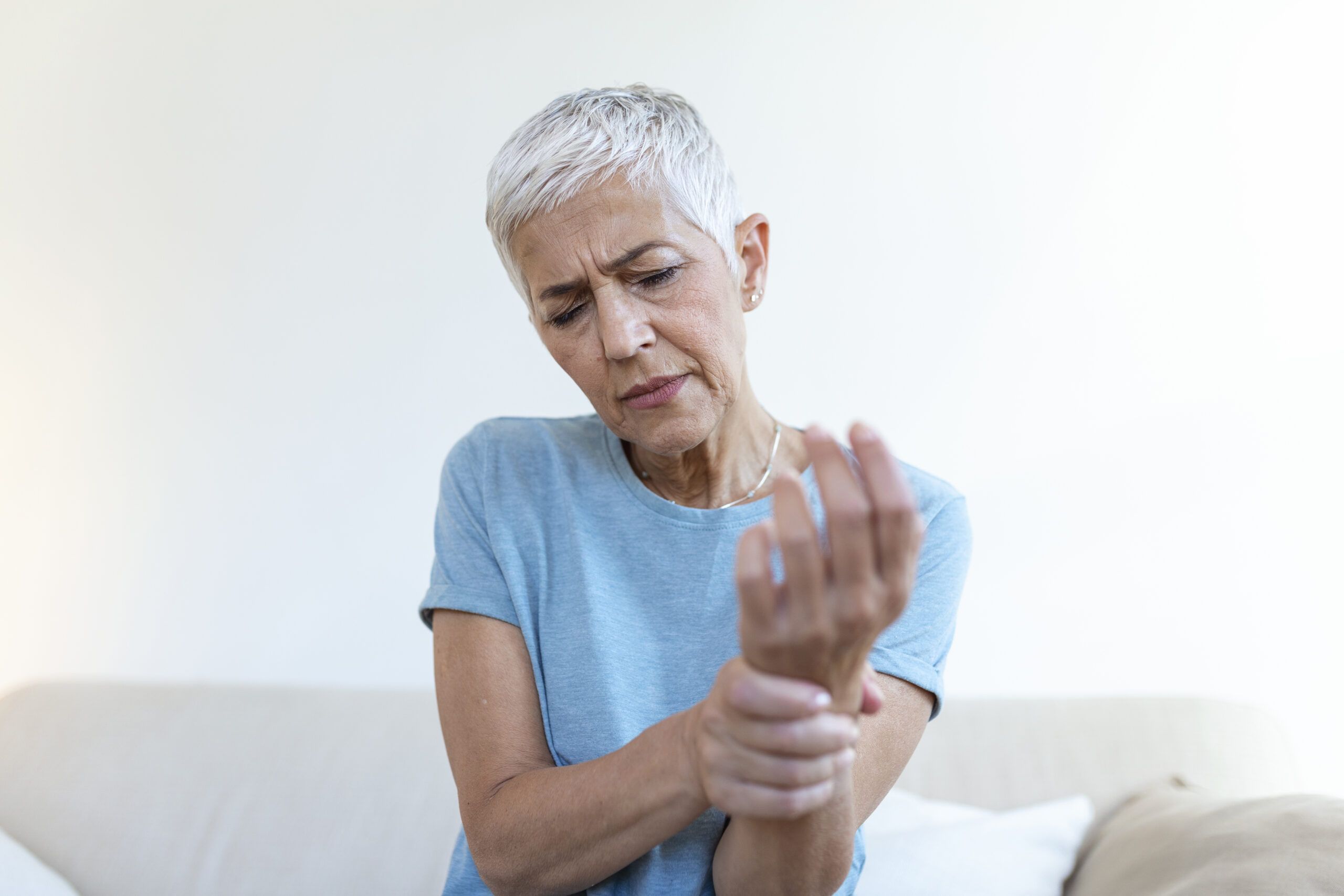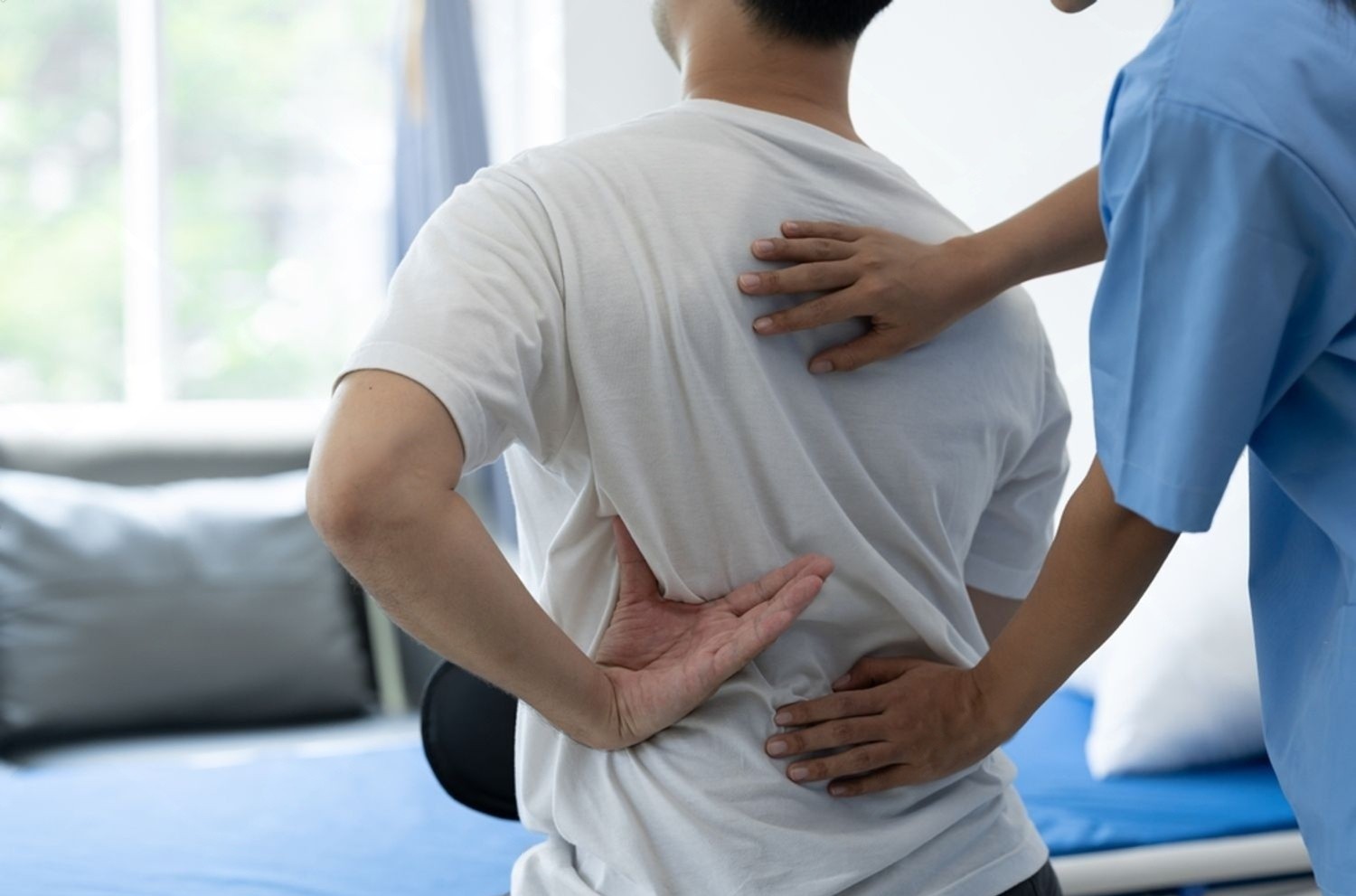Top 5 Physiotherapy Treatments for Knee Arthritis

Arthritis of the knee or osteoarthritis is highly prevalent in Canada, especially among people above 50 years old. The condition is painful but manageable. Physiotherapy is a safe first line of treatment for osteoarthritis (OA). It focuses on strengthening the affected joint and the muscles supporting it while activating the natural healing process of your body. The key goals of physiotherapy are to reduce pain, educate you about the condition and help you manage the symptoms. This blog discusses the top 5 physiotherapy treatments for knee arthritis that are proven to help restore optimum mobility, enabling you to participate in daily activities easily.
What is Osteoarthritis (OA) or Knee Arthritis?
Knee osteoarthritis is a chronic, progressive joint disorder wherein the affected joints become stiff and painful. The main symptoms include swelling and tenderness in the area. If not treated, the condition can limit your ability to move or do basic activities like walking, lifting or playing.
Physiotherapy is a natural approach to manage the symptoms and restore a healthy quality of life. Your physician may recommend it as a part of the treatment or you can consult a licensed physiotherapist on your own without referrals. They prescribe physiotherapy for arthritis of the knee after assessing your symptoms and medical history.
Also Read: Right Way to Choose Between Physiotherapist vs Osteopath
How Physiotherapy Manages Knee Arthritis?
Knee osteoarthritis is not curable. That doesn’t mean you give up on the things you love because of the condition. You can still learn to manage the symptoms and lead a healthy lifestyle that prevents the pain from recurring. Physiotherapy treatments are customized to suit individual needs and empower people to live a pain-free, fulfilling life.
Now let’s check out the core physiotherapy treatments for knee arthritis that most physio clinics provide.
Education about the condition
Informed patients make better decisions about their health and lifestyle that keep knee OA in check. Physiotherapists begin knee arthritis treatments by educating their patients about what the condition is and also what it is not. It is about clearing doubts and busting myths.
Here’s what patient education comprises:
- Helping patients understand the condition, its causes and how to manage the symptoms
- Exploring natural methods to manage the pain, thereby reducing dependency on pain meds
- Reducing uncertainty and fear about the condition
- Preventing the risk of further joint damage
Living with knee OA is challenging. Physiotherapists can make the process easier by providing clear, evidence-based information regarding the condition. They encourage patients to engage in effective self-care and treatment.
Exercises
Let’s check out the most common types of exercises and their impact on the treatment of knee osteoarthritis in physiotherapy clinics.
Strengthening Exercises
The key to managing knee OA is to strengthen the muscles around the affected joint. Strengthening exercises like glute bridges and calf raises make the knee muscles stronger, improving their ability to support joint structures. The exercises enhance knee stability and function, helping you do certain activities like standing or walking confidently.
Flexibility Exercises
Flexibility or range of motion exercises help maintain or improve knee joint flexibility. These exercises focus on restoring your knee’s ability to bend and extend, while enabling you to stay active and prevent stiffness. Flexibility exercises like hamstring and quadriceps stretch to reduce muscle tightness, which prevents the worsening of OA symptoms.
Low-Impact Aerobic Exercises
Aerobic exercises help improve cardiovascular health and overall endurance without stressing the affected knee joint. These enhance knee mobility and strength with minimal joint impact. This is a safe way to maintain cardiovascular health while keeping the knees safe.
Balance Exercises
Losing balance and falling is a common consequence of knee osteoarthritis. Balance exercises improve knee stability and reduce the risk of falls or injuries. These exercises enhance joint coordination and stability by strengthening knee muscles.
Weight-Bearing Exercises
Weight-bearing exercises help improve your movement efficiency by mimicking daily activities. Your physical therapist may prescribe sit-to-stand movements that help with activities like getting up from a chair or step-ups to strengthen knee-supporting muscles while improving function. These exercises improve independence in daily tasks so you can perform real-world movements painlessly.
Exercise therapies strengthen the muscles surrounding the affected joint, thereby restoring mobility in the legs and joints. The physical therapist prescribes a structured exercise program based on the severity of your symptoms and therapeutic goals.
Assistive Devices
Assistive devices provide support to your knee muscles and joints, which weaken due to OA. The common devices include:
- Knee braces- Reduces offload pressure from the affected knee joint.
- Orthotic insoles– Absorbs shock and relieve stress on the knee.
- Walking aids- Enhances mobility and reduces knee joint pressure.
The physiotherapists prescribe the device based on the severity of their OA symptoms, patient mobility and daily activity levels. You can acquire stability, and comfort and move confidently.
Modalities
Physiotherapists use various treatment modalities to improve joint function and reduce pain in knee arthritis. The common modalities are:
- Ultrasound therapy- Relieves pain, reduces inflammation and promotes tissue healing.
- TENS- Stimulates the release of endorphins, the body’s natural painkillers.
- Heat & cold therapy- Alleviates knee pain and reduces muscle soreness.
These modalities alongside exercises can improve overall health outcomes. Physiotherapists recommend specific modalities based on the patient’s condition and progress.
Lifestyle Modifications
Physiotherapy treatments and lifestyle changes can help you manage knee OA better, preventing its recurrence. Your physiotherapists recommend the changes based on your current lifestyle, health goals and injury status after the sessions.
The common lifestyle changes include:
Weight management– Physios help you adopt a balanced diet and maintain a healthy BMI, which relieves joint stress.
Regular exercises– The home exercise program helps you stay active and maintain joint mobility without overloading the knee.
Stress management- Gentle breathing exercises or other relaxation techniques can relieve mental stress, which can alter the pain perception.
This is just a glimpse of the changes your physiotherapist may recommend. Other changes include choosing the right footwear or employing joint protection strategies.
Also Read: Combining Physiotherapy with Other Treatments | What Does Physiotherapy Do?
Choosing a Physiotherapist for Knee Arthritis
Physiotherapy helps manage knee OA by reducing pain, restoring mobility and minimizing stress on the joint. The techniques are non-invasive and effective, thereby reducing your dependency on pain meds. The goal of physio sessions is to educate you about the condition and enable you to get back to an active life while keeping the knee OA symptoms in check. Look for an experienced physiotherapist for the best health outcomes. Talk to the professionals at Brampton physiotherapy clinics such as Physiotherapy First to know if they cater to OA patients and how.
Blog Categories
- Acupuncture Treatment (10)
- Ankle Sprain (1)
- Arthritis Treatment (1)
- Back Pain (23)
- Chiropractic Care (38)
- Tennis Elbow (1)
- Chronic Pain (5)
- COVID-19 (1)
- Custom Orthotics (6)
- Dizziness (4)
- Exercises (12)
- Foot Orthotics (6)
- Hamstring Stretches (2)
- Info Articles (3)
- Kids Injury (1)
- Laser Therapy (4)
- Massage Therapy (21)
- Neck Pain (16)
- Orthopedic (1)
- Osteoarthritis (5)
- Osteopathy (3)
- Pain Management (17)
- Physiotherapy Benefits (44)
- Physiotherapy Clinic (6)
- Physiotherapy Exercises (12)
- Physiotherapy Tips (25)
- Physiotherapy Treatment (100)
- Rotator Cuff (2)
- Shin Splints (1)
- Shoulder (2)
- Spine (4)
- Sports Physiotherapy (1)
- Uncategorized (1)
- Vestibular Physiotherapy (2)
- Work From Home (2)


